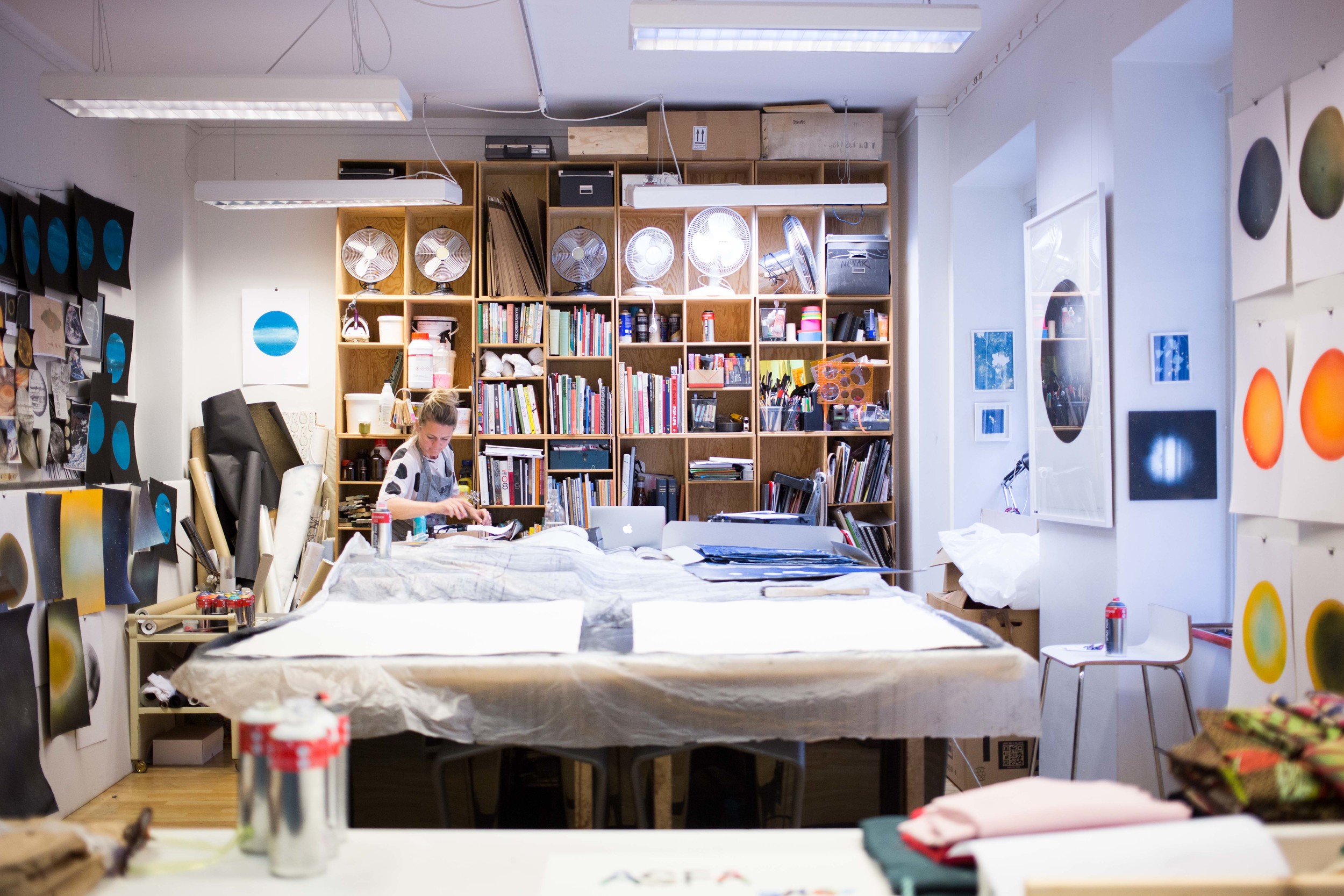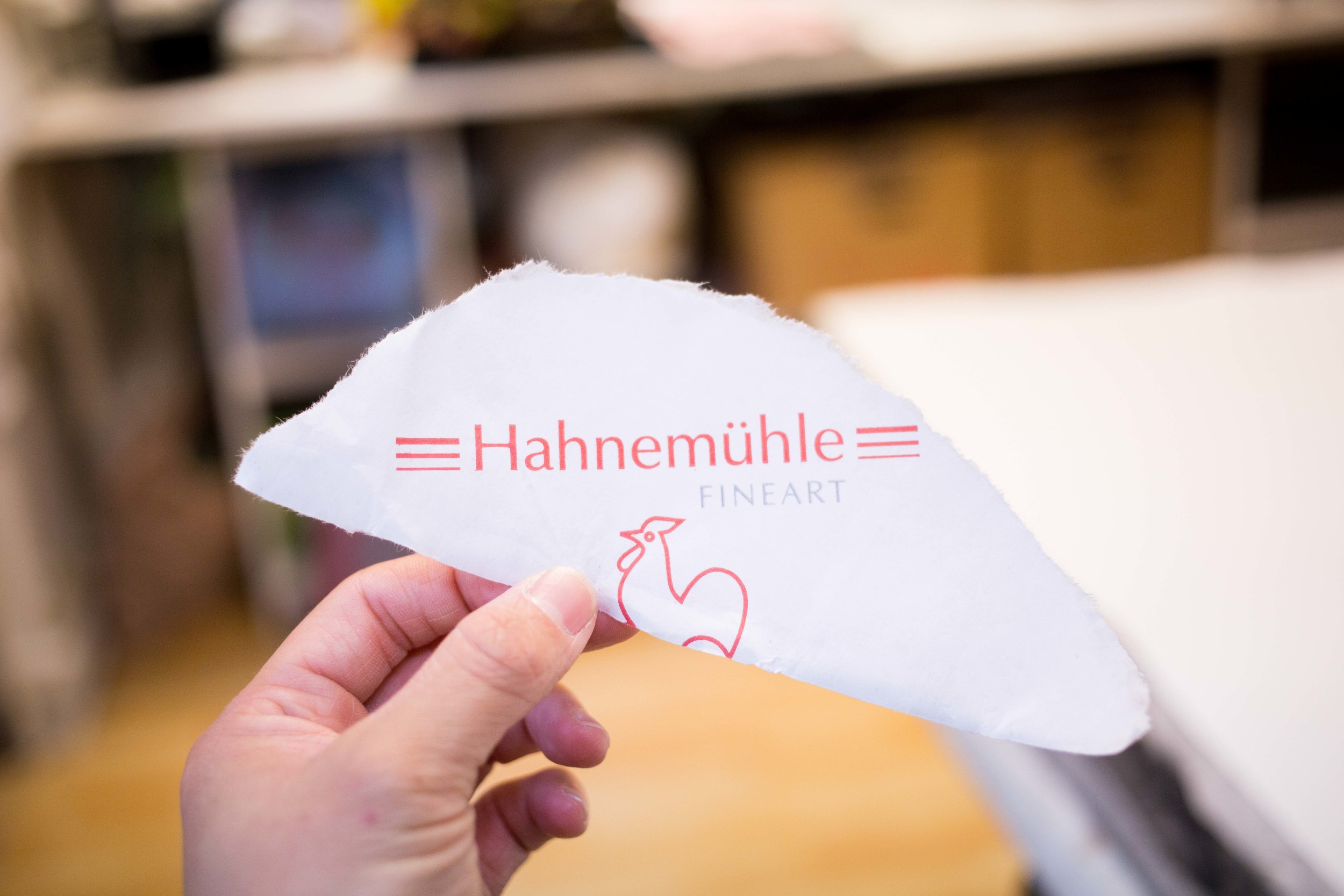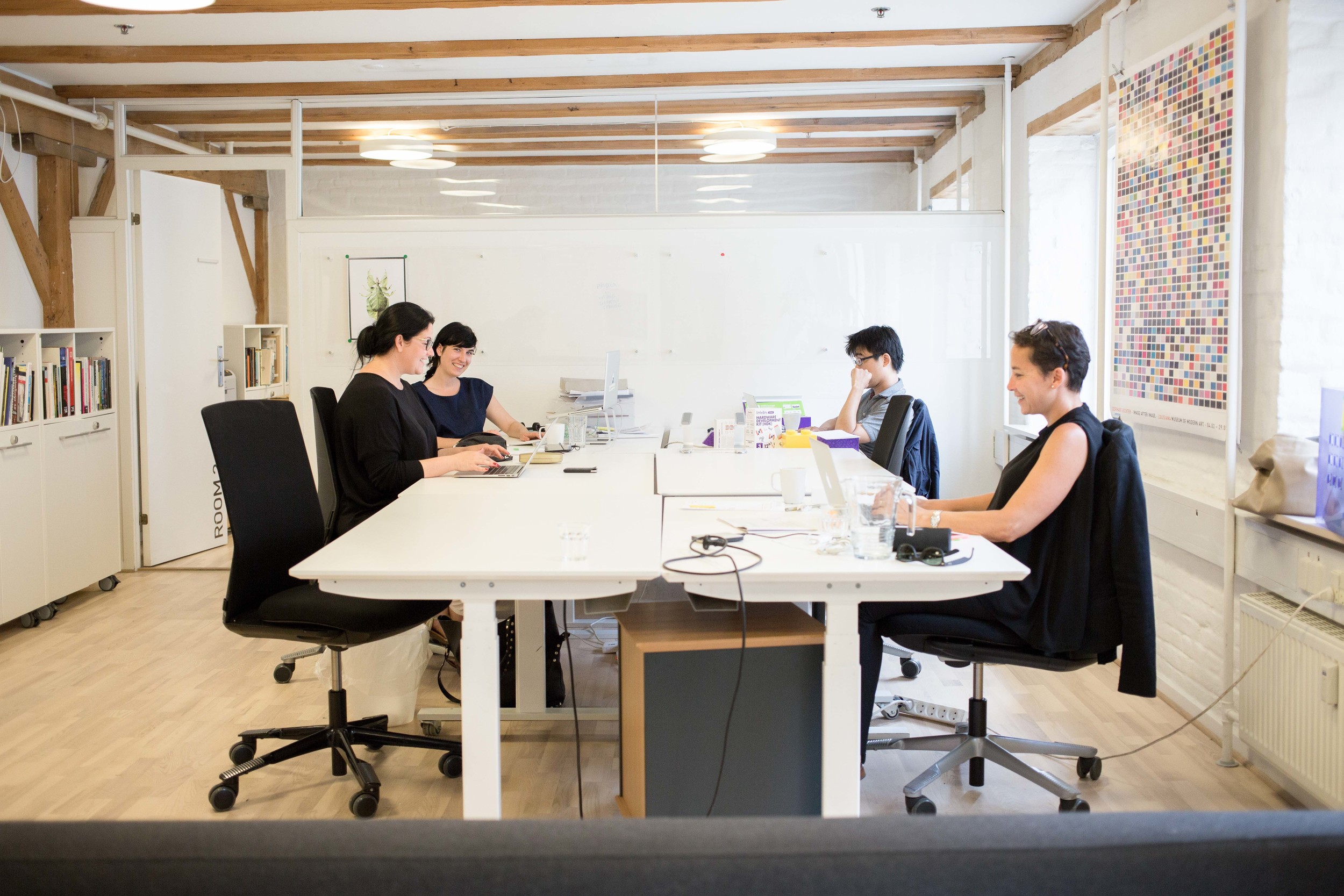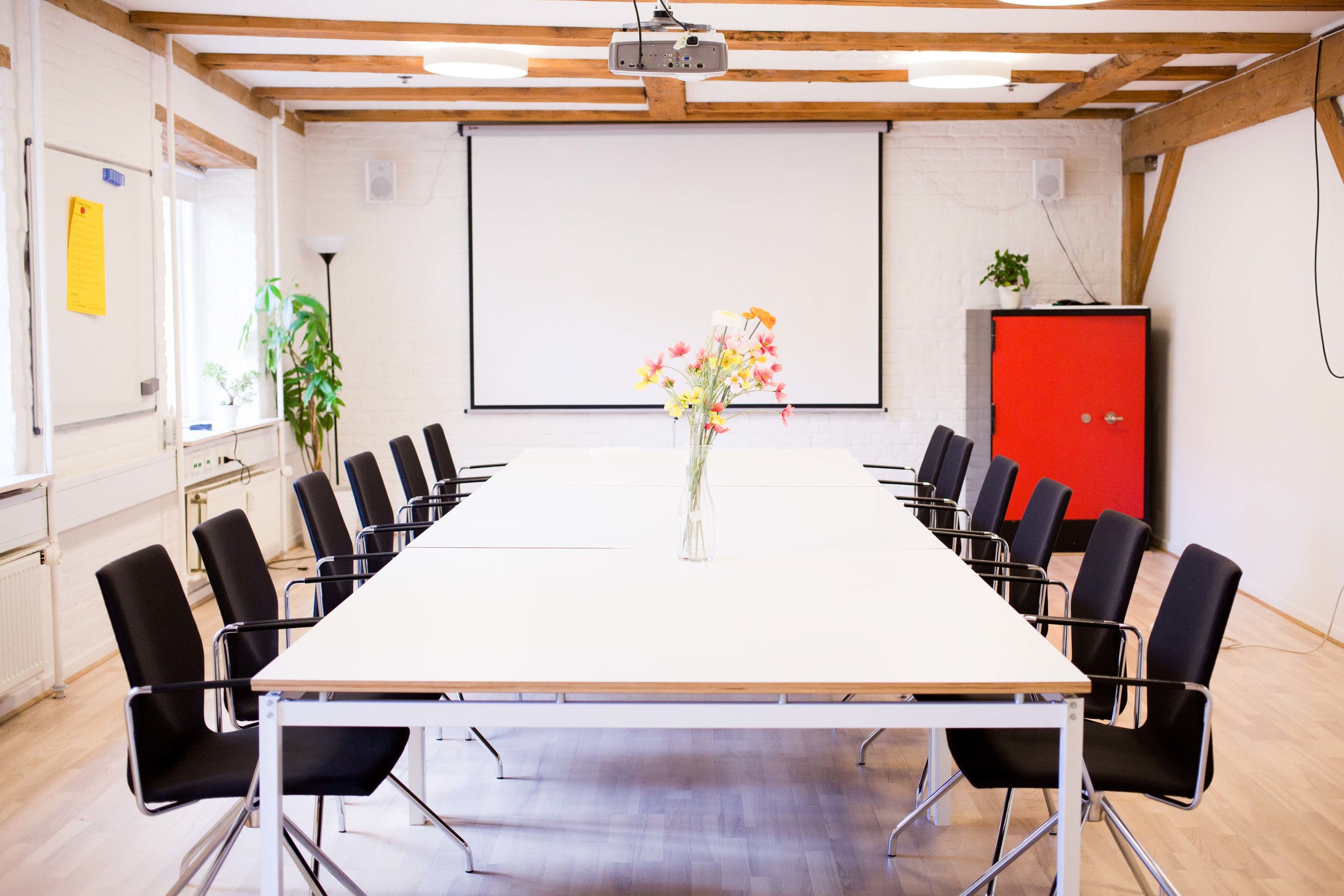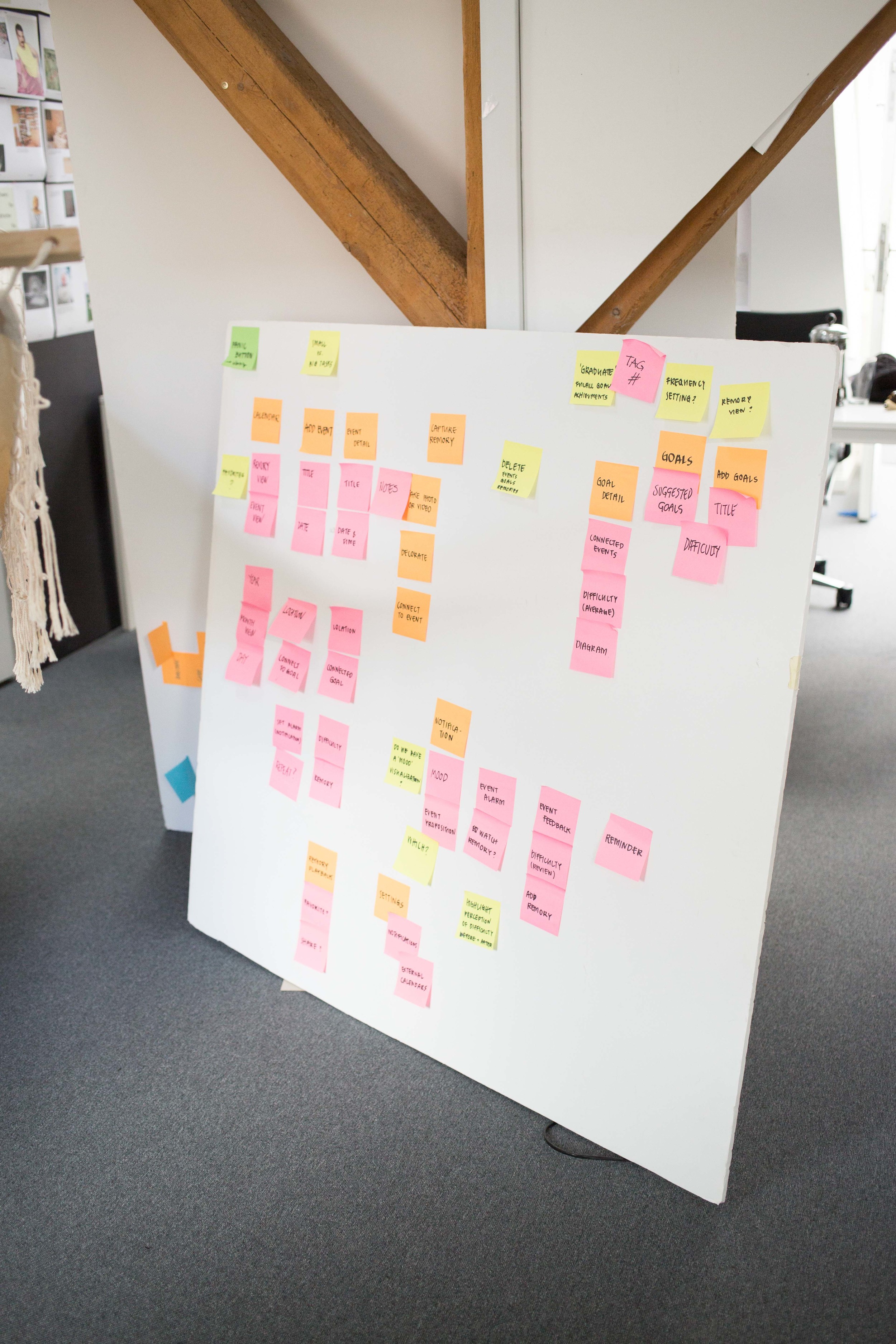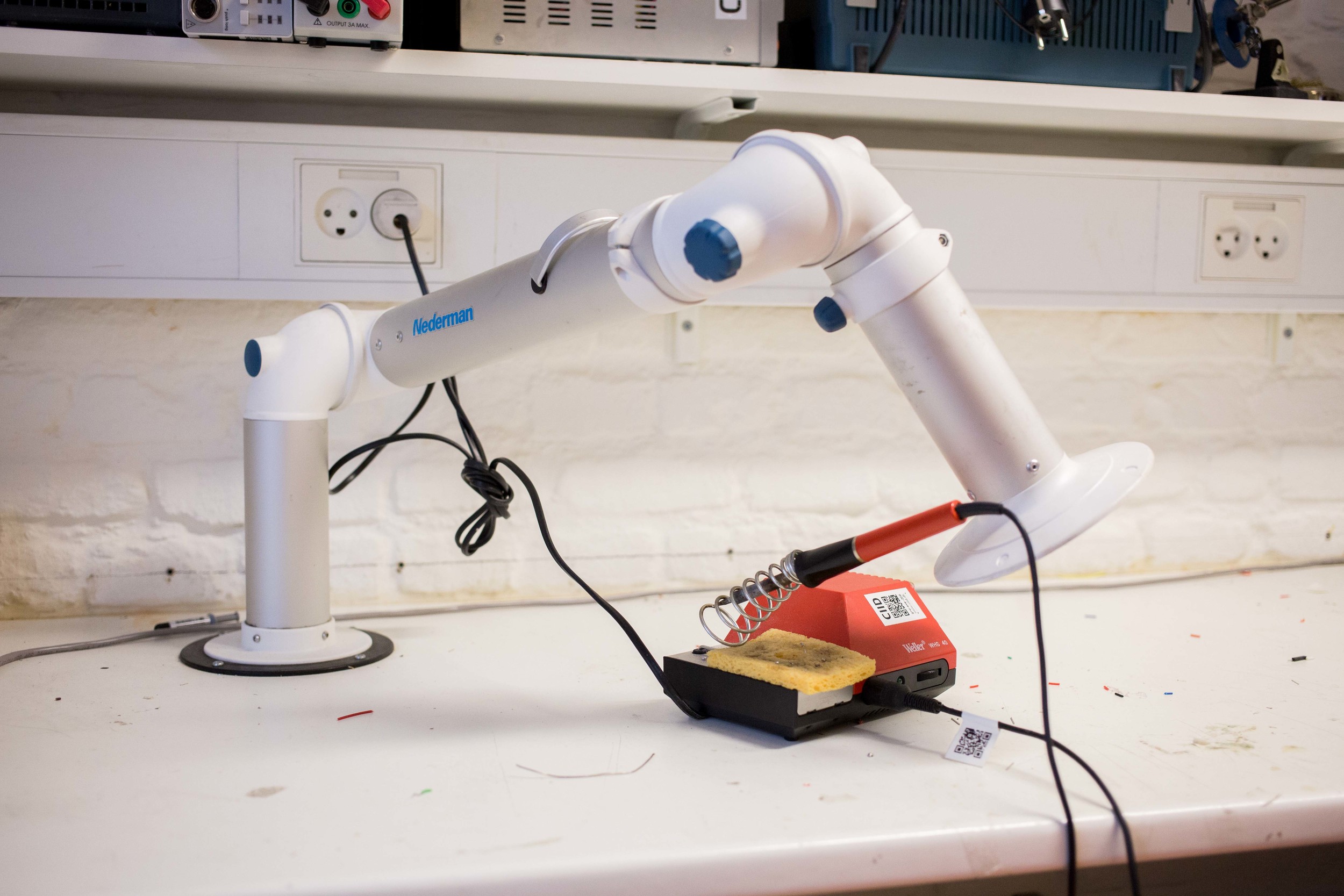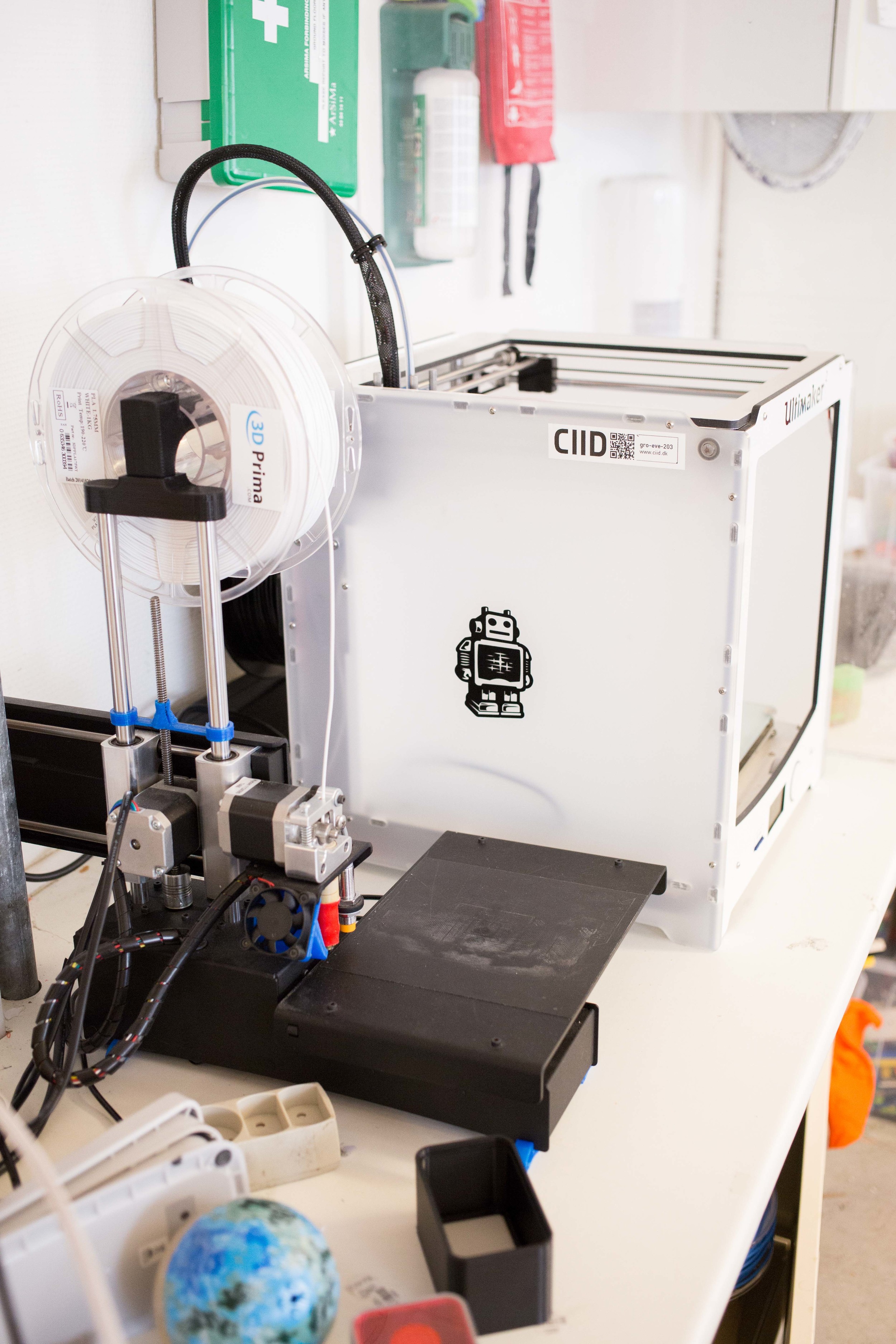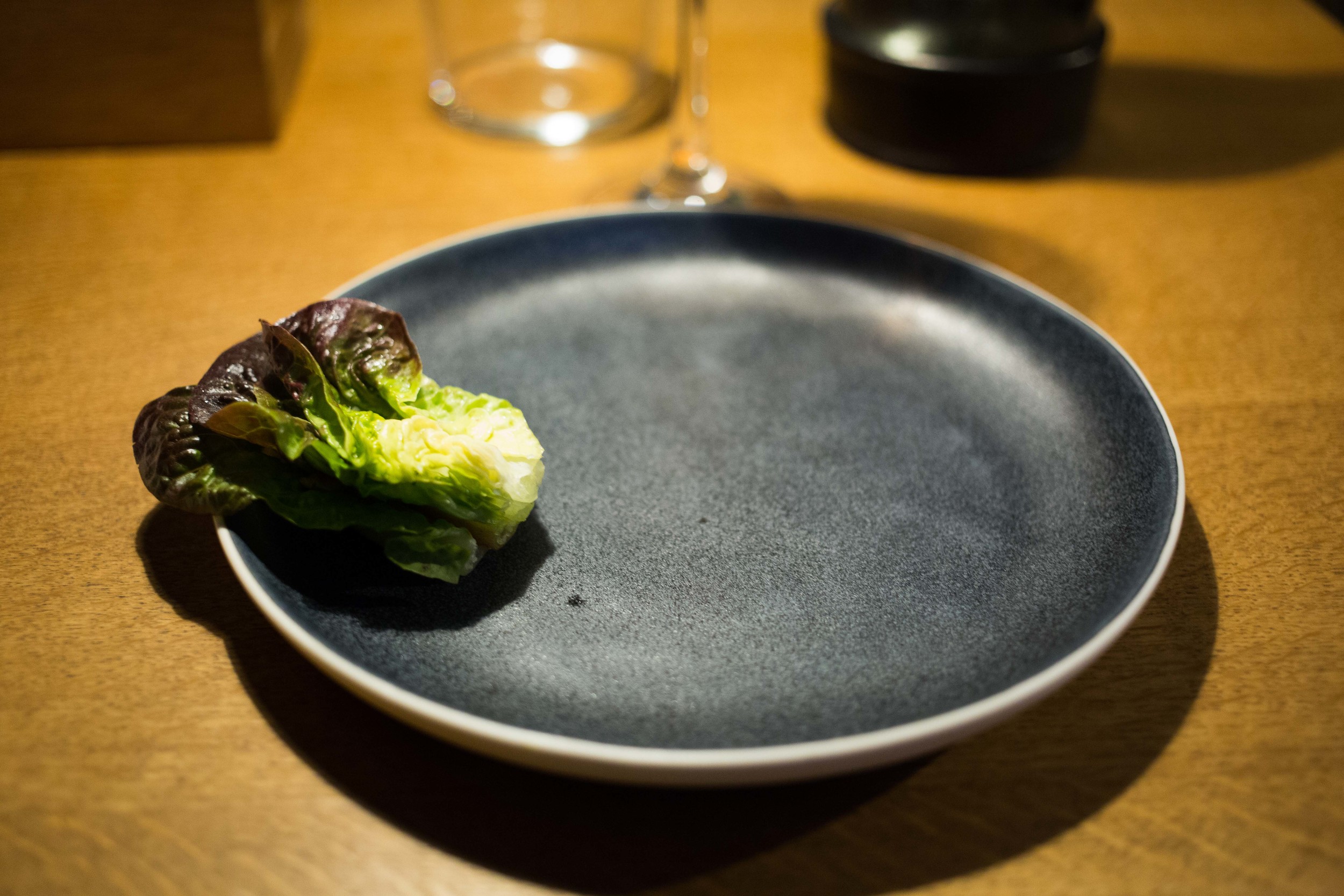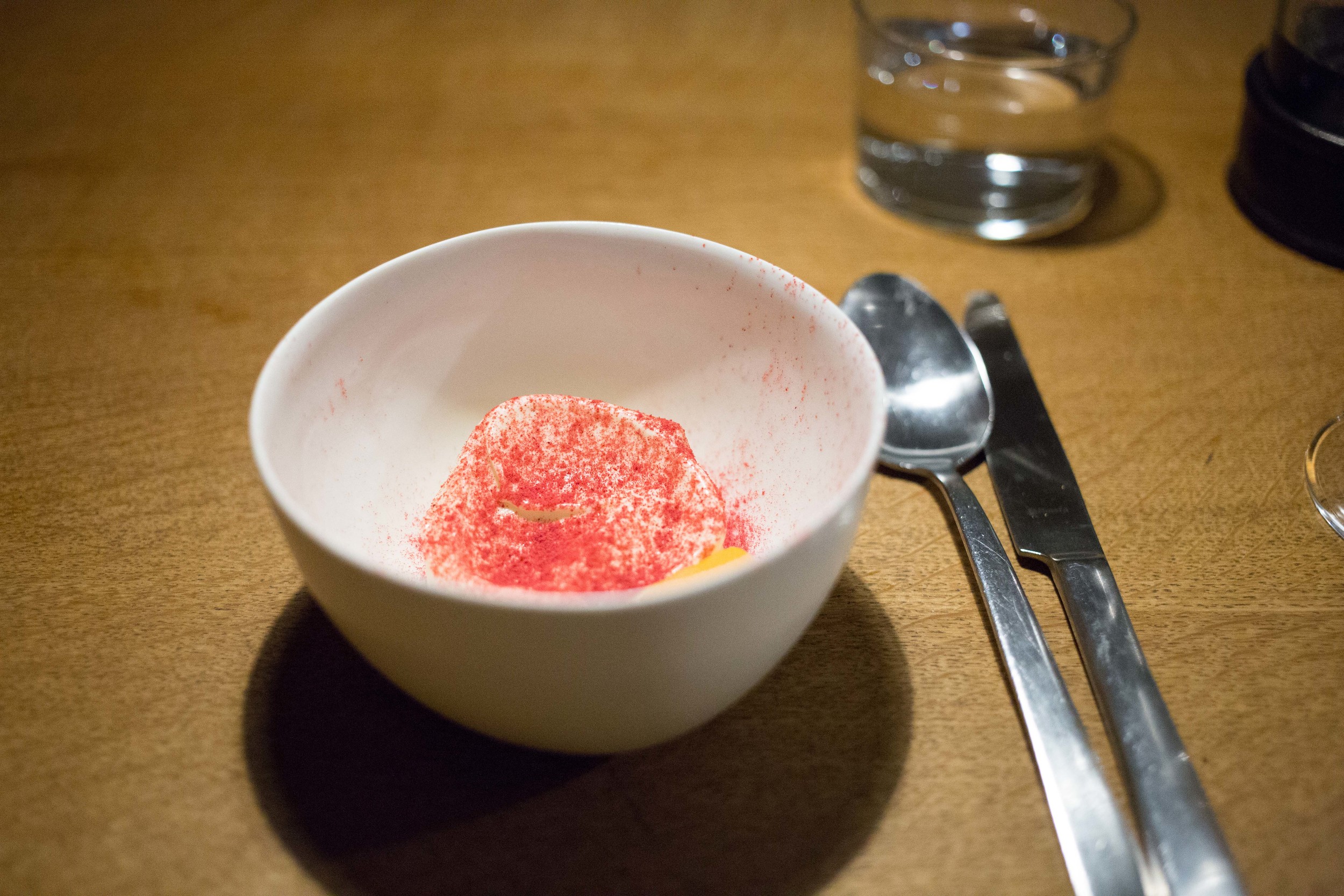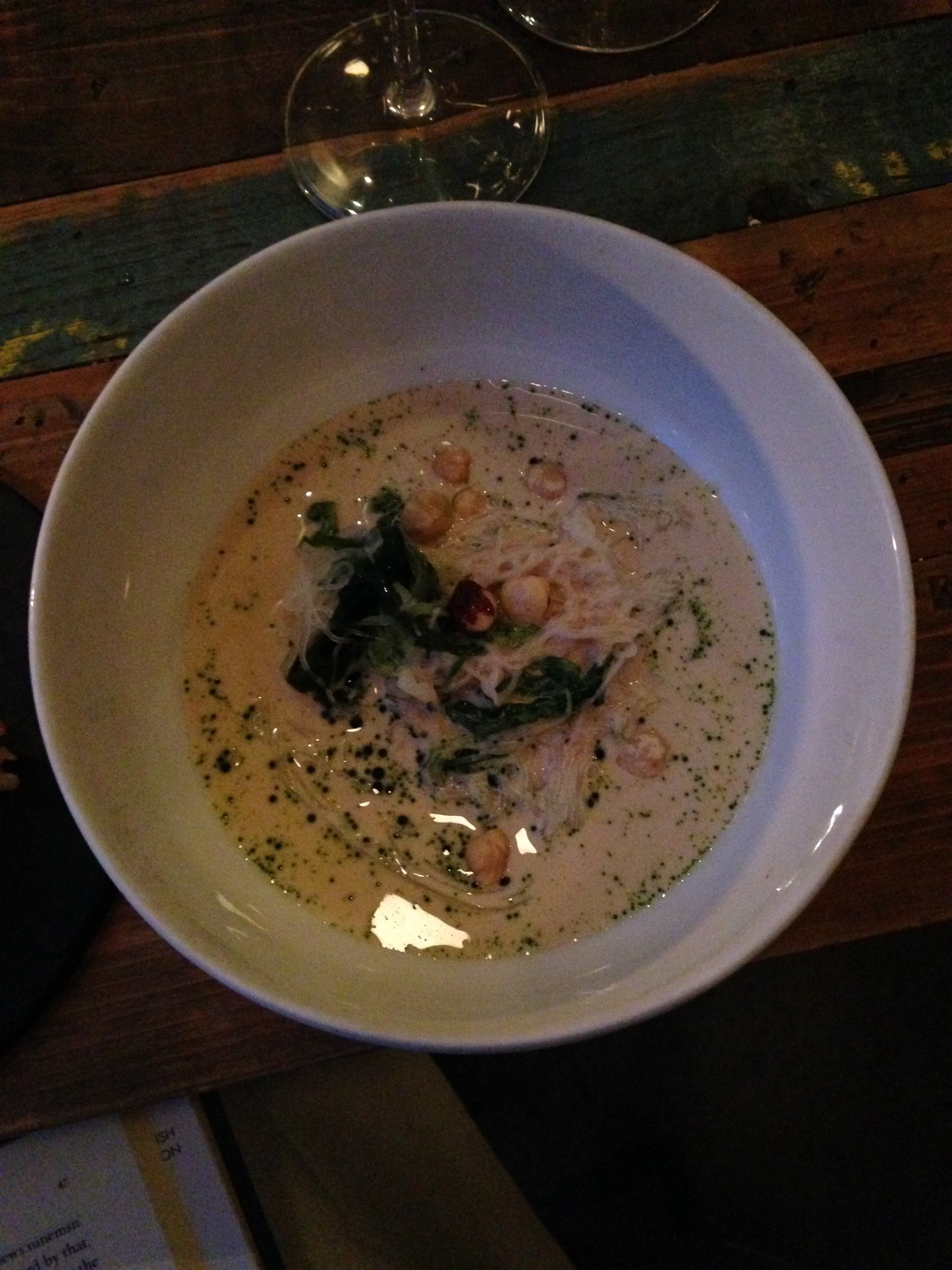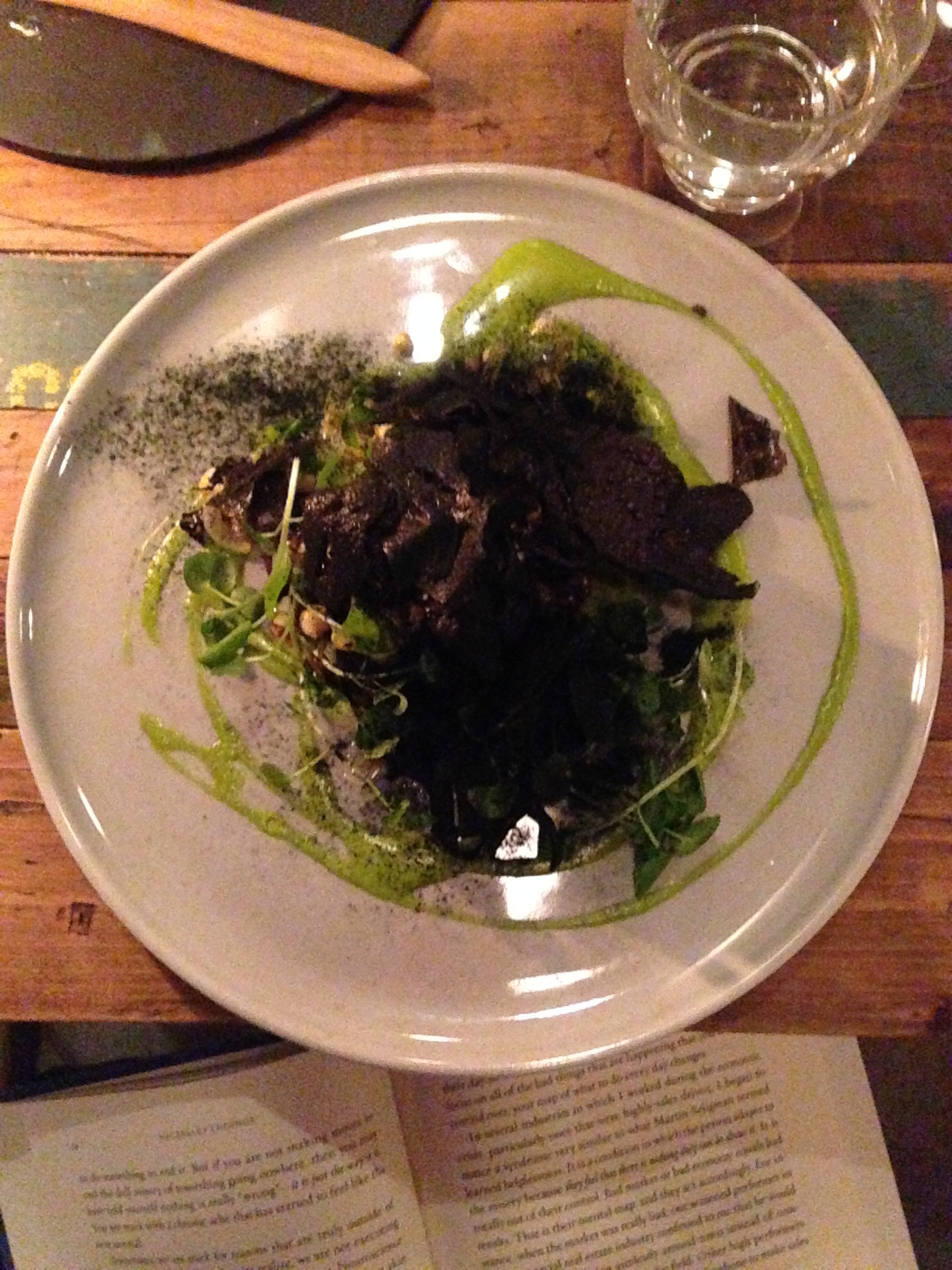Our traditional New Year's Day meal. (Photo courtesy of my sister, Ashley Cho)
It begins. A new year. A new outlook. A new life... blah blah blah. It went from a Thursday to a Friday - but somehow, the last digit of the year changed, which will inevitably beckon weeks of crossing out 5's to replace with 6's. Ok, World. Let's do this.
Although I was born and raised in California, I have participated heavily, and sometimes not so heavily, in Korean traditions. In Los Angeles, you will be able to find a huge Korean population. My family, along with others around us, became pretty Americanized early on and therefore began to pick and choose from both cultures what we wanted to participate in. The one tradition that was never on the table for discussion was New Years Day.
This tradition occurs on the first day of the year (Captain Obvious...) and it consists of traditional bowing rituals to elders who then beckon/proclaim the things that I, as a younger individual, should focus on for this upcoming year. The main phrase said repeatedly throughout the day sounds like this, "Sae Hae Bhok Man Hee Badh Uh Sae Yo." It means, "Many blessings for you this upcoming year!"
So, this is what happens.
You wake up, get dressed, and depending on your family, you either begin the day with the ritual or you can wait until the evening. Extended families are encouraged to get together to participate as one unit and the cycle begins. For my family, there are a handful of relatives who live in Los Angeles with us and the rest are in Korea - for this, you send digital blessings (such that of my adorable nephew in the video below). Kakao is the application of choice for this type of communication. I kid you not, the entire Korean population in this universe runs on this app.
The eldest is the first to receive the ritual bows, starting from the second oldest down to the youngest, and then the second oldest is next to receive bows from those who are younger than her/him. If you're married, you receive them together as one unit. If you're around the same age, you bow towards each other at the same time to show respect and there is usually no exchange of wisdom and wishes for the upcoming year. However, there is a cut off point - even if there are little kids flooding the room, you can't just receive these bows until you're either married or at an age (generally around 35-40) where you would have some wisdom to impart. Those are the rules. They have never changed.
My adorable niece who is second to last when it comes to order of birth.
My nephew sending digital, adorable blessings.
Technical things you should know:
1) Females and Males have different bowing positions, and the performance of these bows are carefully watched throughout the experience. You can either bow really gracefully or clunk-ily. Elders never hold back on how one has performed and even note your progress based on years past. You must perform well - while everyone in the room is watching and ever so silent.
2) After your bow, there is a position you must take in front of the elder(s) you are showing respect to. It is basically a kneel with your calves and feet tucked in to show humility. You must sit in this position until the elders are finished speaking to you. This is where they evaluate the life you led this past year, and then proceed to give you their blessings and hope for the upcoming year.
3) Once they are finished, they give you money. Yup - that's right. They give you cash which is rationed out based on your age. The older you are, the more money you get. This fact is partly why children look forward to this day because you start out the year with the prospect of what you could do with that cash. More often than not, it is used for candy. (Sometimes, cash is replaced with a gift designed specifically for the recipient.)
4) After everyone has cycled through, you eat Dduk gook (rice cake soup) that seals the deal. One of my favorite meals. Ever.
After all of this, I began to wonder...
... who the heck thought of this system? How is it that everyone knows and understands the rules even without ever explicitly writing them down? What would happen if we introduced another bowing schematic to throw the entire thing off? Will this last past my lifetime and beyond?
I guess time will tell whether or not this ritual lasts but I'm pretty sure it will. There is so much deep rooted history in the Korean part of my culture that I can't deny its existence nor can I reduce my level of participation even if I wanted to. It actually makes me happy that I'm part of a tradition that I can partake it year after year - that's what makes us human. This is what gives us culture. It also gives us something to do, right?
This is all to say, "Sae Hae Bhok Man Hee Badh Uh Sae Yo!" (Many blessings for you this upcoming year!)
Happy New Year, everyone. There will be no digital bowing rituals between you and I but my wisdom to impart to you would be to clear your cache. You'll thank me later.
Service Design Notes: When designing services, benchmarking off of traditional rituals may be a great idea for innovative services. There are so many rituals out there that have vast ecosystems supporting its existence. Perhaps we should educate those interested in Service Design by teaching the theory and practice of traditional rituals. Immersive education is, in my opinion, the best way to teach anything. Think about it.












